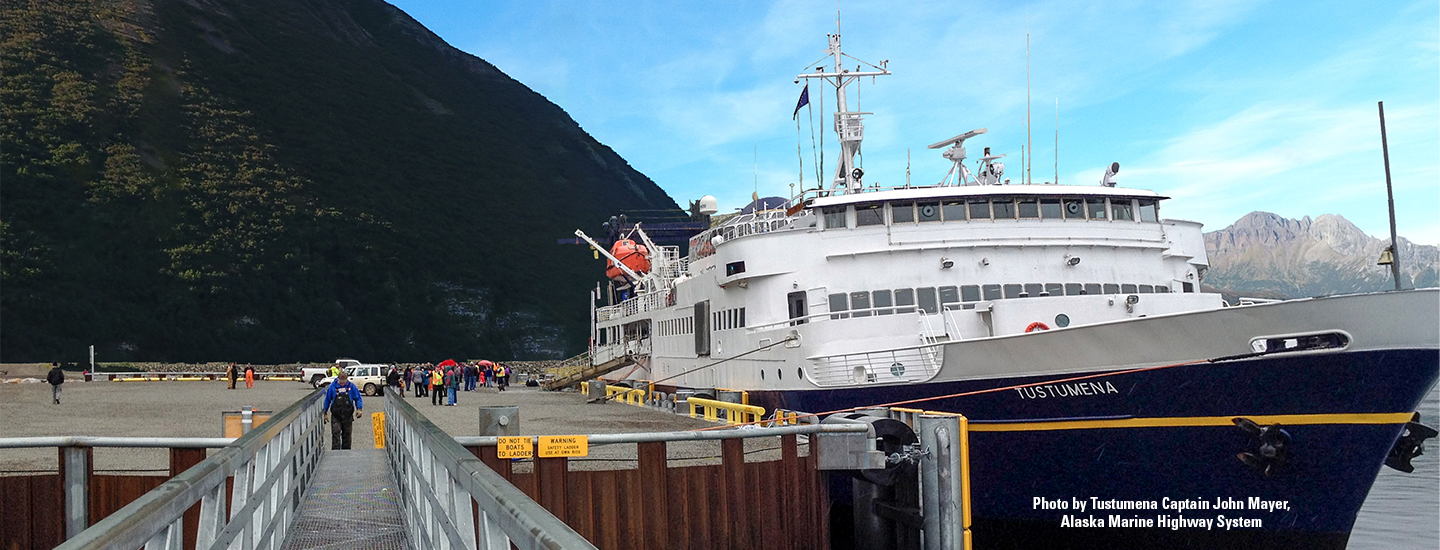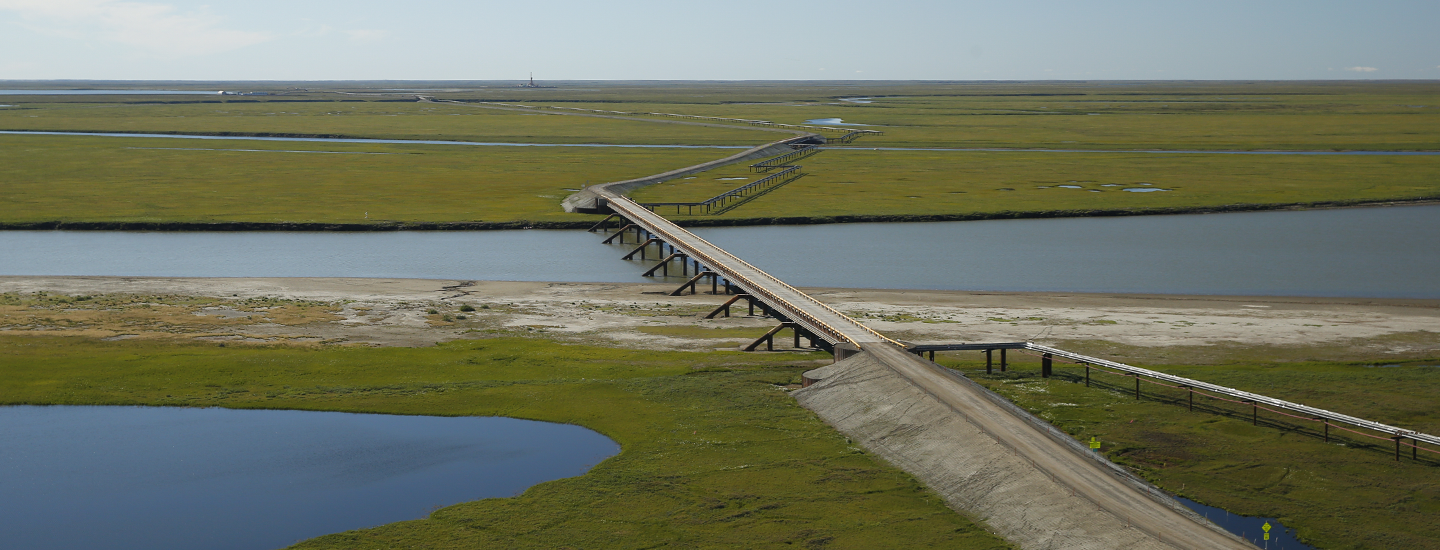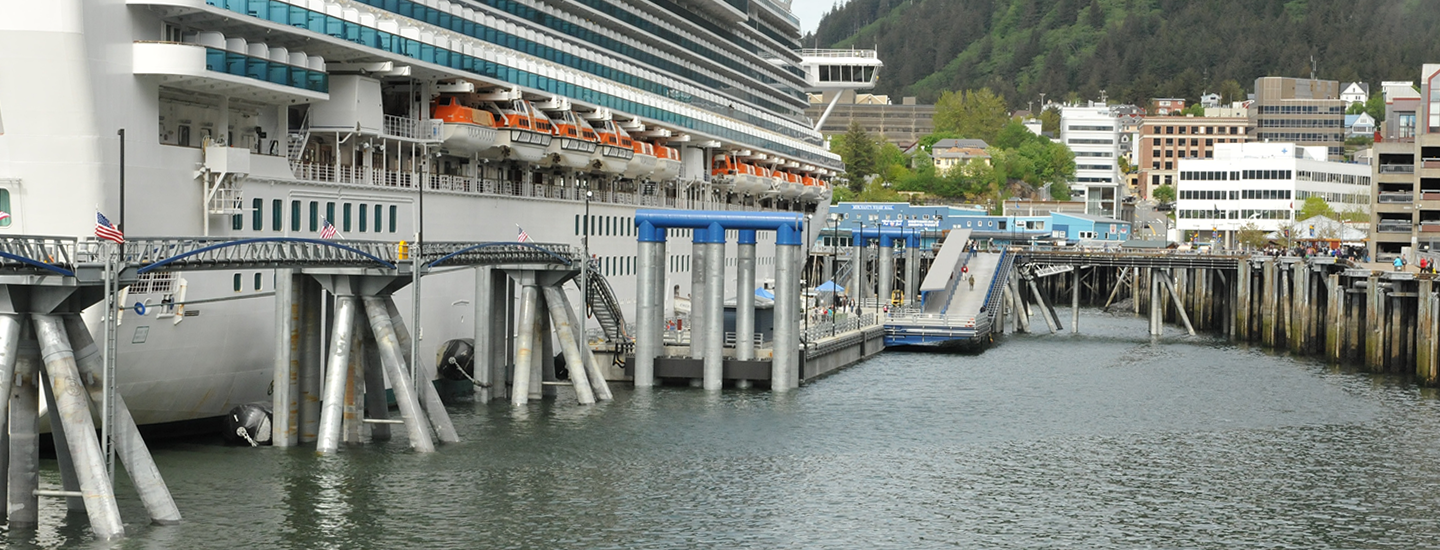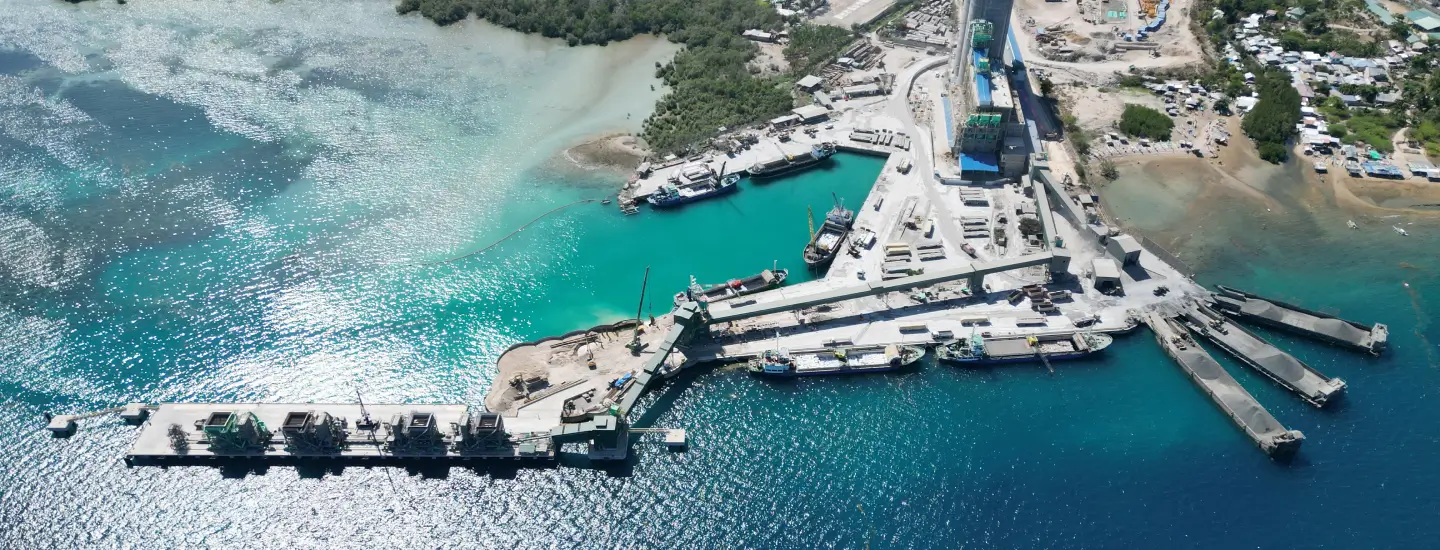SPIN FIN™ Piles
PND began developing and testing SPIN FIN™ piles in 1983. Beyond the conventional—in design, pile capacity, and cost-savings, SPIN FIN piles are equipped with angled plate fins to create a localized screw-shaped tip. The objective was to increase the apparent end-bearing and surface friction area of the pile tip to resist higher tension and compression loads for a given pile length. The SPIN FIN concept optimizes foundation designs relative to conventional pipe piles for bridge and waterfront engineering.
Cost-Saving, Innovative Technology
PND invented, tested, and introduced the trademarked SPIN FIN™ piles to solve foundation challenges of engineering and construction in soft soils where uplift or impact load were anticipated. When installed, the pile fins capture and compress the foundation soils between the fins. The end-bearing and friction area of the pile tip are thereby increased, providing pile capacities greater than conventional piles of similar length.
Additionally, SPIN FIN use often requires fewer and shorter piles, given project requirements. The piles absorb substantial energy associated with seismic events, exhibit reserve strength, and allow substantial pile overload deformation without catastrophic failure, even after repeated loading. SPIN FIN tips allow for shorter lengths in soft soils, with strength derived from its end-bearing and increased skin friction area. By reducing the number and length of piles needed, cost savings and high-performance come standard with SPIN FIN technology.
Significant Cost Savings
Fewer and shorter piles often are required in SPIN FIN™ projects, reducing construction time and cost for our clients.
Superior Durability
SPIN FIN™ consistently outperformed smooth pipe piles in cyclic, tensile, and compressive pile load tests.
Adaptable Installation Methods
Versatile SPIN FIN™ piles can be installed using either conventional impact or vibratory hammers.
Connected for Greater Depths
Deepwater or deep soil construction is attainable—even dolphin installations in 100-foot-deep water—using SPIN FIN™ with in-lead splicing.
Use Cases With SPIN FIN™ Technology
Buildings
Not every site has an ideal foundation—soft soils and seismic events can create extra challenges for design. But PND has used SPIN FIN™ piles to achieve higher capacities over conventional piles, due to the pile tips’ end-bearing. The SPIN FIN design can mobilize higher tension and compression capacity, given the effective area of the fins for increasing tension pull-out capacity or compression end-bearing in a variety of soils.
Additionally, SPIN FIN piles are cost-effective and efficient in construction. Lower costs stem from reducing the overall furnished length of straight pipe in foundation design, which also offsets the cost of fin fabrication.
- Increased Load Capacity
- Cost-Saving and Efficient with Fewer and Shorter Piles Required
- Superior Performance in Challenging Conditions
- Resilient and Durable
Bridges
A vital component of infrastructure everywhere, bridges must be built to last and built to withstand particular loads. Bridge foundation designs consider structure-soil interaction, wind loads, and seismic design. Bridge foundations developed using SPIN FIN™ piles can perform under seismic event loading and reduce foundation costs through reducing the overall furnished length of straight pipe.
With SPIN FIN pile tips, bridge foundations have increased pile pullout (tension) capacity. Using an efficient pile design helps the bridge foundation resist lateral loads from ice pressure and waves. With driven pile technology, bridge supports can be installed even in permafrost, where reliable foundation support is difficult.
Docks, Piers, & Dolphins
The aquatic environments of wind, waves, tides, and currents put marine vessel supports to the test. Poor soils often surround docks, piers, and dolphins; PND employs SPIN FIN™ piles for substantial structural capacity and corresponding energy absorption. For breasting dolphins, the piles absorb a huge amount of energy through deflection without loss of strength, providing additional load-carrying capacity. For docks, piers, and dolphins, SPIN FIN piles pair energy absorption with cost-effective design and structural reliability.
PND has developed far greater capacity using SPIN FIN piles for docks, piers, and trestles as well, while still meeting strict seismic codes. Every one of our designs are based on practical experience working in severe marine environmental conditions.
Retaining Walls
Uplift and impact load can cause failure in pile foundations. However, SPIN FIN™ piles used in retaining wall tiebacks have load deformation characteristics, allowing for substantial pile overload deformation without catastrophic failure—even with repeated loading. For example, the Seward Coal Loading Facility, designed to handle 800,000 tons of coal annually, used SPIN FIN tension piles for retaining wall tiebacks near the Alaska Railroad Corporation tracks in Seward, Alaska. The system was first implemented in 1985 and worked through the life of the facility through the 2010s.
Similarly to buildings, using SPIN FIN piles in retaining walls can lower costs by reducing the overall furnished length of straight pipe in the foundation design.
Mooring Points
Vessels must be stabilized while loading and unloading through mooring and often require substantial wind load specifications. Likewise, their mooring points must be stable, as well. PND’s SPIN FIN™ technology can increase the ultimate pile tensile capacity, testing in excess of 800 kips with a pile embedment as little as 50 feet. Compared to a straight pile, SPIN FIN piles can handle larger loads per unit length.
Whether our piles are driven through to bedrock or soft marine sediments, SPIN FIN piles provide added load-carrying capacity to support mooring.
Seismic Resistance
Earthquakes can cause serious damage—to buildings, infrastructure, and operations of all kinds. Since most projects in Alaska require seismic design and analysis, our teams set out to make something stronger.
Building up seismic resistance by using SPIN FIN™ piles helps quash this threat through consistent tension and compression capacity of a foundation element. SPIN FIN piles exhibit significant reserve strength with cyclic loading that have advantages for bridges, buildings, and marine vessel supports during an earthquake, contributing to overall safety and stability of structures, particularly in earthquake-prone regions.
Featured SPIN FIN™ Projects
FAQs
To learn more about the applications of PND’s SPIN FIN™ innovation, read our frequently asked questions.
What are SPIN FIN piles?
SPIN FIN piles are a trademarked foundation technology developed by PND in 1983. They feature angled plate fins and a screw-shaped tip designed to enhance pile capacity and stability, especially in soft soils. SPIN FIN piles go beyond conventional capacity and are ideal for challenging engineering projects from bridges to marine structures.
How do SPIN FIN piles differ from conventional piles?
When installed, the pile fins capture and compress the foundation soils between the fins. The end-bearing and friction area of the pile tip is thereby increased and provides pile capacities greater than conventional piles of similar length. They are designed to absorb energy, exhibit reserve strength, and allow substantial overload deformation without catastrophic failure, even under repeated loading.
What are the benefits of using SPIN FIN piles?
Using SPIN FIN piles can result in significant cost savings and performance improvements. A design can be modified to require fewer and/or shorter piles compared to conventional designs, helping reduce construction time and costs. Their long-term structural reliability stems from superior durability and performance in challenging conditions.
In what types of projects are SPIN FIN piles most effective?
SPIN FIN piles are particularly effective in projects requiring high load capacities and resilience, such as buildings in soft soils in seismic areas, bridges built to withstand lateral forces, marine structures exposed to wind and wave loads, and retaining walls with robust tiebacks.
How do SPIN FIN piles contribute to seismic resistance?
SPIN FIN piles provide consistent tension and compression capacities during seismic events, maintaining stability and reducing the risk of structural failure. Their ability to mobilize constant capacity over significant ground displacements makes them ideal for earthquake-prone regions.
Can SPIN FIN piles be used in deep water or soft marine sediments?
Yes. SPIN FIN piles adapt for use in deep water and soft marine sediment installations. They can be driven through to bedrock or used in-situ to provide substantial load-carrying capacity for mooring docks, piers, and marine vessel supports.
How has SPIN FIN technology been tested and proven?
SPIN FIN technology has been extensively tested and proven through an array of projects since 1983, including by the California Department of Transportation in the early 1990s in an effort to shore up as many as 400 bridges weakened by the 6.9-magnitude Loma Prieta Earthquake in 1989. These piles consistently outperform traditional and smooth pipe piles in cyclic, tensile, and compressive load tests. They’re reliable and durable in a wide variety of environmental and operational conditions.
Interested in using SPIN FIN™ piles?
Imagine how SPIN FIN piles could get your projects stabilized in the most difficult of soils. Contact one of PND's SPIN FIN design specialists to discuss your project's specifications, pricing, and potential construction cost savings.



